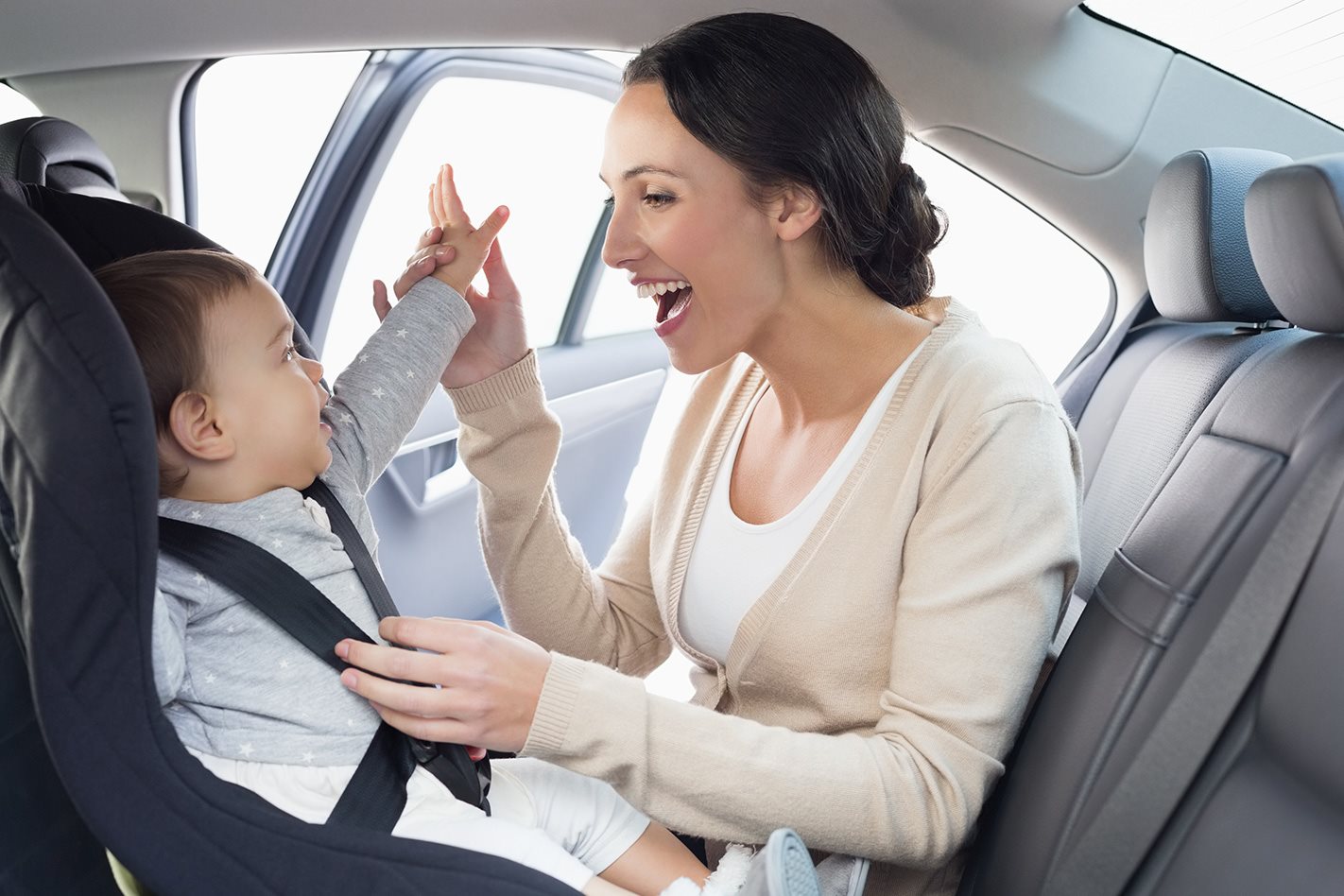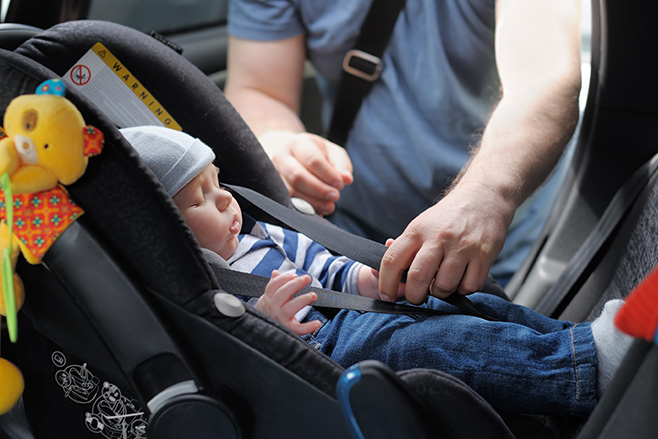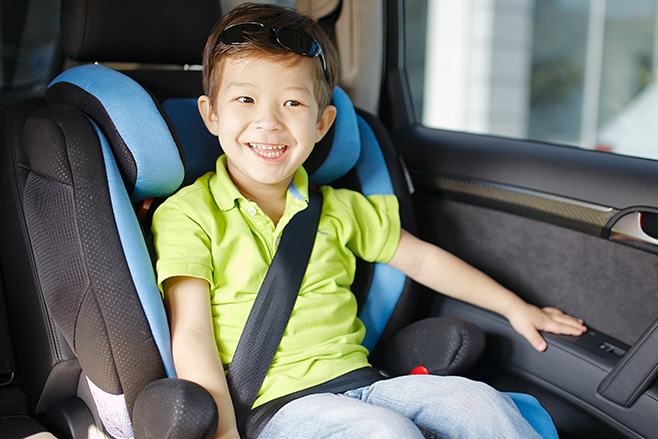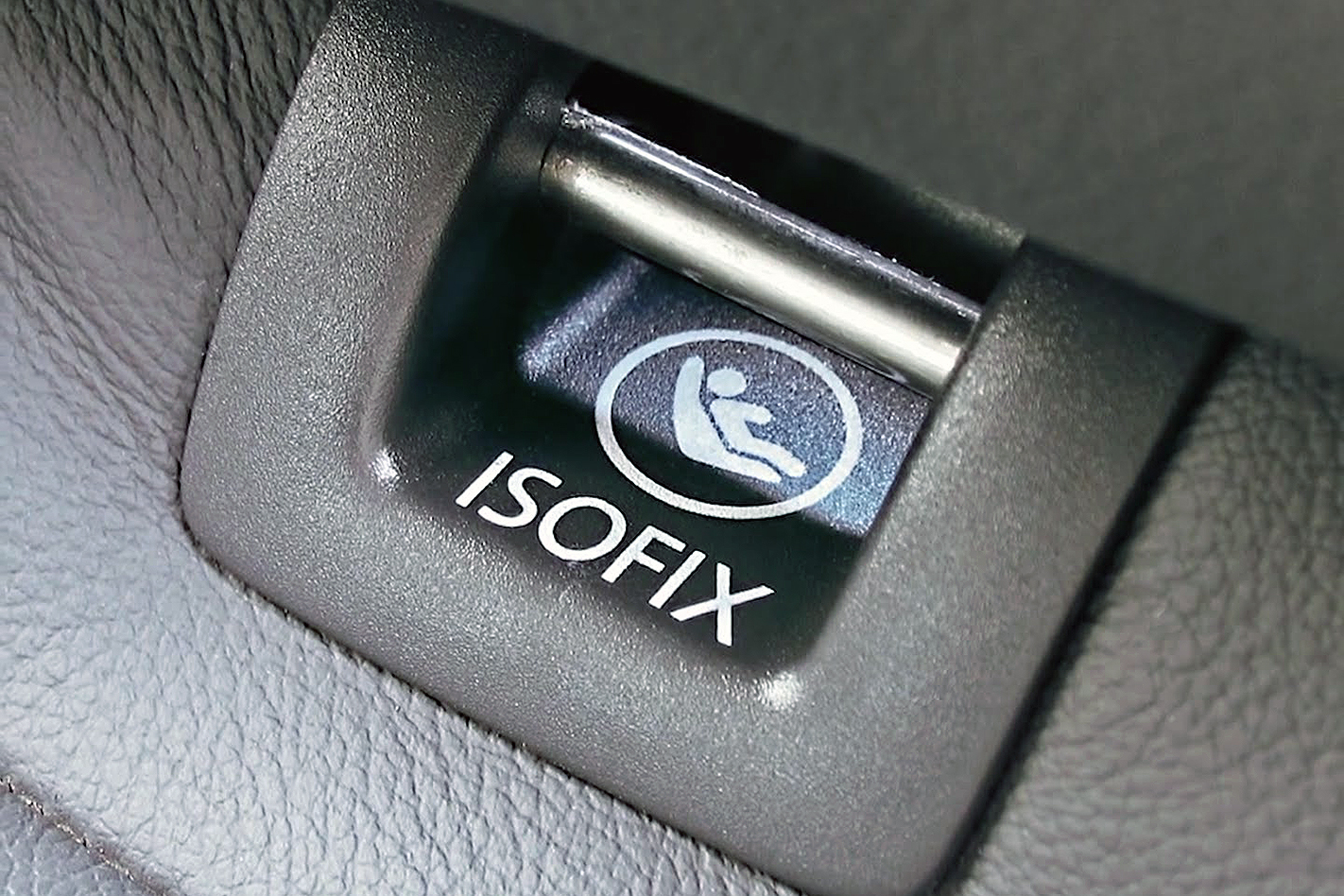
Purchasing decisions rarely have as much riding on them like this one. Your delicate, newborn, bundle of joy is about to hit the road for the first time, and for the majority of Aussie parents that means the nervous trip from hospital to home-sweet-home.
Yep, from minute one, choosing the right kind of restraint to protect your precious cargo in the event of a crash should sit at the top of the pre-flight checklist.
WhichCar is here to help, with a guide to the legalities and practicalities you need to consider before buckling up.
Thankfully, where once there was a minefield of state and territory-based regulations, guidelines relating to baby capsules, child car seats and boosters have been unified under a national code; a combination of age, weight, and size criteria being applied as follows …
Birth to six months
Babies up to 9kg must be in a rear-facing child restraint (better known as a capsule).
Typically, these are a two-piece design, with the base anchored to the seat and the capsule (complete with carry handles) detaching for maximum comfort and minimal fuss.

Multi-point straps in the capsule buckle at the centre to keep its tiny occupant secure. Tip: Make sure blankets only go on top once the harness is secured.
The base is held in place by either the seatbelt or ISOFIX location points (more on that system later) and once the capsule is clicked in place, a combined belt and tether strap locates to the car’s standard anchor point to button the whole thing down.
It’s important to note that it’s illegal to use a rearward-facing restraint in a position where it will be hit by an exploding airbag; most likely the front passenger seat. For kids in cars, the golden rule is: back seats are best.
If you’re on your way to a full-blown brood, by all means buy away. But if you’ll only need a capsule for a relatively short period, hiring one from a hospital, baby supplies store, or your local council may be a better way to go.
Six months to four years
Children up to 18kg must be in an approved rear- or forward-facing safety seat.
Here, you’re looking for several years’ worth of reliable, comfortable and practical performance – not to mention gold-standard safety credentials.

This is a more upright (sometimes convertible between rear- and forward-facing) unit, anchored to the seat and incorporating its own multi-point harness.
The range of products on the market for this category is immense, but the thing to primarily look out for is Australian Standards recognition. All child restraints must comply with the Australian/New Zealand Standard 1754, and should be branded accordingly.
The good news is that our standard is one of the toughest in the world. So restraints designed and manufactured to meet the AS1754 rating will deliver optimal protection in a crash.
But be careful when buying online. Purchase a restraint from overseas and you’re virtually guaranteed it won’t meet the Australian Standard. Not only will it be illegal to use it here, you’ll be risking your baby’s life for the sake of a saving few bucks.
Also, think carefully before choosing to accept the offer of a hand-me-down seat. With an AS1754 rating it will be perfectly legal to use, but a general rule of thumb is restraints have an expiry date of around 10 years, even if they’re exceptionally well looked after.
Dig into the seat’s history and politely decline if it’s been involved in any kind of impact. Check the belts aren’t frayed or otherwise worn and make sure the buckle connects and holds securely. And if you spot a single crack or stress mark, the only thing the device is good for is recycling.
It’s also worth noting that if your car has only one row of seats (a ute, for example) children can now travel in the front passenger seat, provided they use an approved child restraint or booster. The back seats are still the best mantra, though.
Four to seven years
Children up to 26 kg should be seated in a forward-facing safety seat or booster seat (restrained by the seat belt or a child safety harness).
Once a child hits four, he or she can enter the booster zone and start using the car’s adult lap-sash belt (or harness and lap belt in a second or third-row centre position). But first, make sure they have grown beyond the shoulder height markers (included on all compliant restraints) of their existing forward-facing seat.

As the name implies, a booster seat raises its occupant up, with an upper shell providing lateral head and shoulder crash protection.
Older style, base-only booster cushions can still be used if they comply with Australian Standards, but they haven’t been available to purchase new for several years, so we’d suggest you steer clear.
Remember, an adult seatbelt won’t fit a child properly until they’re around 145cm tall, so just because your child’s hit seven, it doesn’t mean it’s time to turf the booster.
But once they are big enough, congratulations, you’ve successfully passed the child restraint test.
ISOFIX
A key feature you should pay attention to is how the restraint is anchored to the seat it’s sitting on. That’s because until late 2014, pulling the seat belt through the base of the unit and locating it to the buckle on the other side was the only option.
This was not only fiddly and a pain in the neck, but it often lead to incorrect fitment and was inefficient in terms of holding the unit securely in place during a crash.

ISOFIX is a system built to a global standard (ISO 13216), and newer cars are equipped with fixed anchor points connected to the frame of the vehicle. The results in terms of crash safety are massively improved.
Be aware that Australian regulations still require the use of a ‘top tether’ strap connecting to the car’s high-level anchor point, and that it’s illegal to use an ISOFIX restraint from overseas (which will click in place, but won’t comply with local standards or incorporate a top tether).
For more information and to choose a safe child restraint, go to Childcarseats.com.au; a web resource provided by the Child Restraint Evaluation Program (CREP) that is backed by a consortium of Australian government agencies and motorist organisations.



